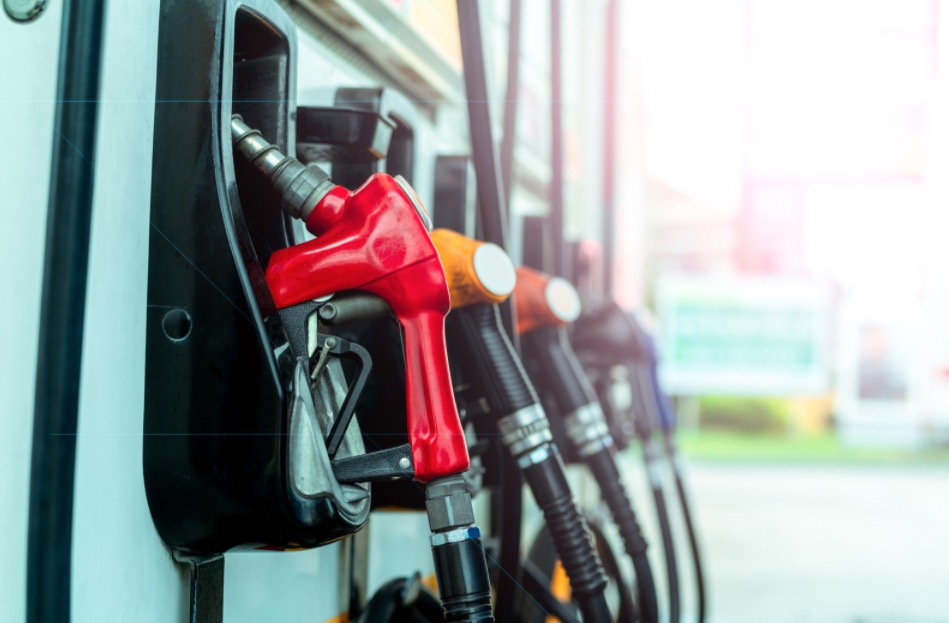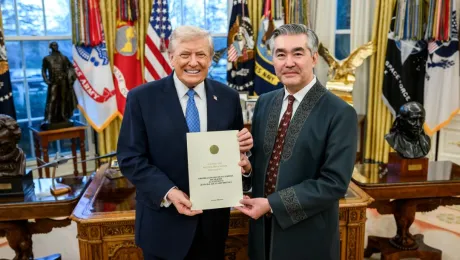In Kazakhstan, gasoline prices have increased again, increasing anxiety in society. Some experts see the reasons for this in the pricing structure, while others expect an inflationary wave, and still others believe that the price increase is an unauthorized decision of gas stations. What is the true reason for the rise in price, the analysts of FinReview.info understood.
Gasoline at Kazakhstan gas stations continues to rise in price since March 2021. For example, in the city of Nur-Sultan, the average price of the most popular AI-92 fuel has increased from 150 to 180 tenge per liter by now. At the same time, a sharp jump occurred over the last week — the cost increased by 3-8 tenge per liter.
But before understanding the reasons for the rise in price, it is important to consider what the cost of gasoline is formed from.
High operating costs — expensive gasoline
Since 2018, after the modernization of oil refineries, Kazakhstani producers began to cover domestic demand for fuel independently and even increased export supplies. Now refineries are able to produce gasoline 24% more than the needs of the market, and the nearest fuel shortage will occur no earlier than 2032. Of course, this is a significant event for the country’s oil and gas sector, as the import of expensive gasoline has decreased by 32 times.
It is logical to assume that now our country can independently regulate the cost of gasoline for the domestic market, providing the population with cheap fuel. But in fact, everything is different – despite the fact that the price of oil has fluctuated significantly over the past three years, the price of gasoline has been gradually growing, sharply rising in price only in October 2017 and April 2021. In other words, the price of gasoline does not depend on the cost of oil, because oil companies supply 20% to 50% of oil to the domestic market at cost, namely in the range of 25-30 US dollars per barrel.
The retail cost of gasoline is formed from its wholesale price at the refinery, taking into account all the associated costs of delivery from the plant to the gas station – storage at the oil depot, operating expenses, taxes, banking services, VAT, wages, the margin of the giver, etc. At the same time, the share of oil in pricing is only 11%-14%, and the margin or net profit of gas stations reaches only 1-3 tenge per liter. That is, in fact, enterprises earn from the high demand of the domestic market for gasoline.
Now, in fact, let’s move on to the main reasons for the rise in gasoline prices:
Firstly, gasoline is an exchange product
Gasoline trading on the ETS commodity exchange was launched as part of the development of centralized trading infrastructure and the transition of the fuel and energy sector to a market economy. At the initial stage, about 10% of the gasoline produced in the country will be sold through the exchange. In the future, its volume will be increased to 15% -20%.
499 thousand tons of AI-92 and AI-95 gasoline have already been sold through the commodity exchange. As a result of trading, price indicators were formed. Their growth since the launch of the first auction, which was in March 2021, amounted to 24%.
Secondly, the appreciation of the dollar affects the pricing of gasoline
Borrowed funds in foreign currency were attracted for the modernization of oil refineries. Accordingly, if the US dollar rises, then their obligations increase, and then gasoline prices rise.
According to the Bureau of National Statistics, investments in fixed assets aimed at strengthening production capacities for 6.4 billion tenge consist of borrowed funds. And the US dollar exchange rate has increased from 417 to 429 tenge per unit since March.
Thirdly, repair work at oil refineries threatens the country with a shortage of gasoline
Repairs at the Atyrau refinery began due to a failure in the supply of electricity, which led to an emergency shutdown of some technological installations. Only in January of this year, the plant was launched more than 20 times and each time there was not enough energy. As a result, technological equipment failure, unplanned repairs, a decrease in oil refining volumes and under-production.
It is obvious that the unplanned suspension of production caused an extreme shortage of fuel reserves in the West Kazakhstan region, and the resulting hype increased the shortage of gasoline and led to an increase in retail prices in the region.
In order to reduce the load on the domestic fuel market, planned capital repairs at the Pavlodar and Shymkent plants were postponed to a later date. Nevertheless, these works will be carried out, which means that the risks of a larger shortage of fuel reserves remain.
Fourth, gasoline pricing is formed from the supply/demand ratio
The regulation of fuel prices by the state was in effect until 2015. Initially, administrative control measures consisted in the direct determination of selling prices, but since 2011 they have been limited to determining the maximum allowable cost. These measures have been canceled since the middle of the last decade and the market has moved into free floating. This means that the final cost is now formed by the volume of supply and demand. The state no longer interferes in this process and does not subsidize the sale of fuel. But it reserves some restrictive measures that can restrain uncontrolled growth. For example, oil at refineries is still supplied at cost, not at market price.
Investments – as a way to reduce the cost of gasoline
Gasoline belongs to the category of socially significant goods, the rise in price of which has a multiplicative effect in terms of influencing the prices of other goods and services. In other words, an increase in the cost of gasoline will lead to an increase in inflation and a decrease in the consumer ability of the population, which will certainly have a negative impact on the national economy.
Therefore, for the state, reducing the load on the refinery is a strategically important task. First of all, we are talking about reducing the indebtedness of factories, which is obviously reflected in the cost of fuel, making the market vulnerable to any local and external factors.
It is possible to achieve such a result by attracting investment funds that will allow domestic refineries not only to increase capital, but also to increase production, thanks to the expansion of the geography of fuel sales to foreign markets. For their inflow, international financial integration is important, which just contributes to an increase in capital flows compared to commodity flows. The transfer link of such integration in Kazakhstan is the Astana International Financial Centre. As of June 1, 2021, the participants of the financial center have invested 1.6 billion US dollars. The United States has invested in the development of financial technologies, construction, agriculture, manufacturing, tourism. Of these, 1.4 billion US dollars was raised in 2020 and 2021. Of course, these indicators determine the effectiveness of the AIFC as a platform for attracting investment and developing economic sectors. And accordingly, the financial center becomes a key financial link in the recovery of the national economy after the consequences of the coronacrisis.









